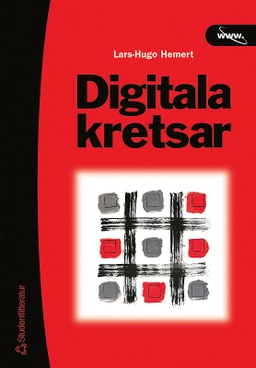The uses of computers in chemistry are many and varied, from the modelling of solid state systems to the design of complex molecules which can be used as drugs. This Primer provides an introduction to the many methods currently used by practising computational chemists and shows the value of computers in modern chemical research. In this clearly written text, the authors describe the various computational techniques available and explain how they can be applied to single molecules, to assemblies of molecules, and to molecules undergoing reaction. An introductory chapter outlines the hardware and software available, and looks at some applications and developments. Subsequent chapters cover quantum mechanics, molecular mechanics, statistical mechanics, the modelling of biomolecules, and drug design. Whilst emphasizing the use of computers to model biological systems, and the authors explain how the methods can be applied to a whole range of chemical problems. This primer will give students of chemistry a sound appreciation of the many ways in which modern computational methods can be used to solve real chemical problems.
Åtkomstkoder och digitalt tilläggsmaterial garanteras inte med begagnade böcker





















